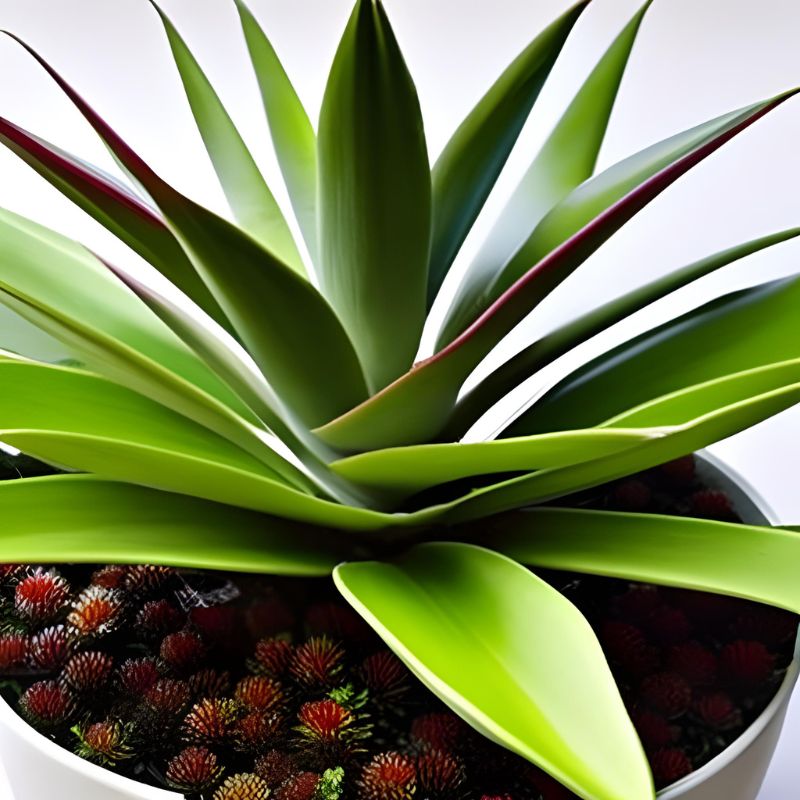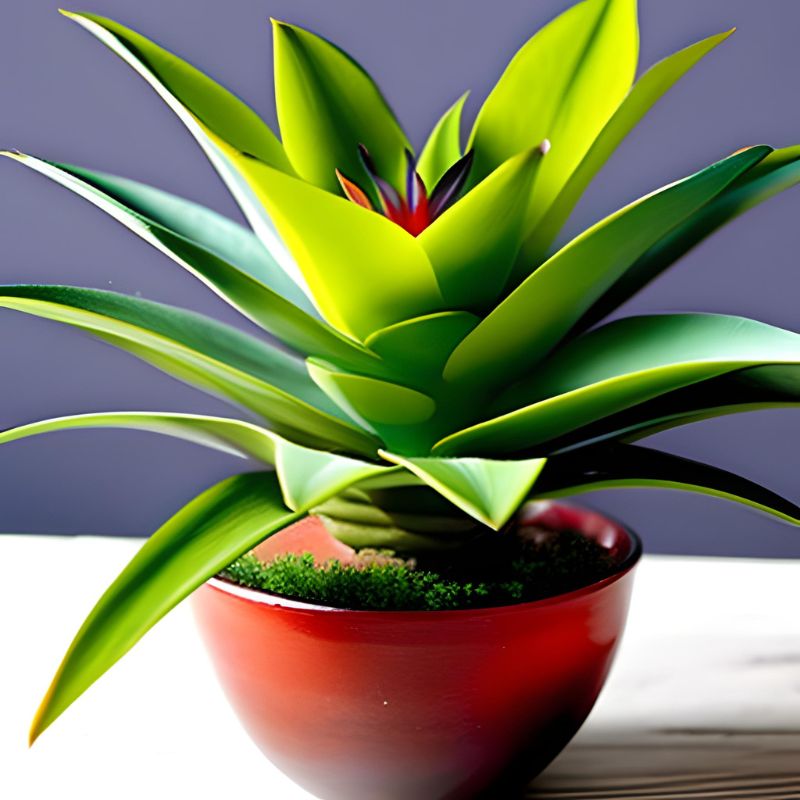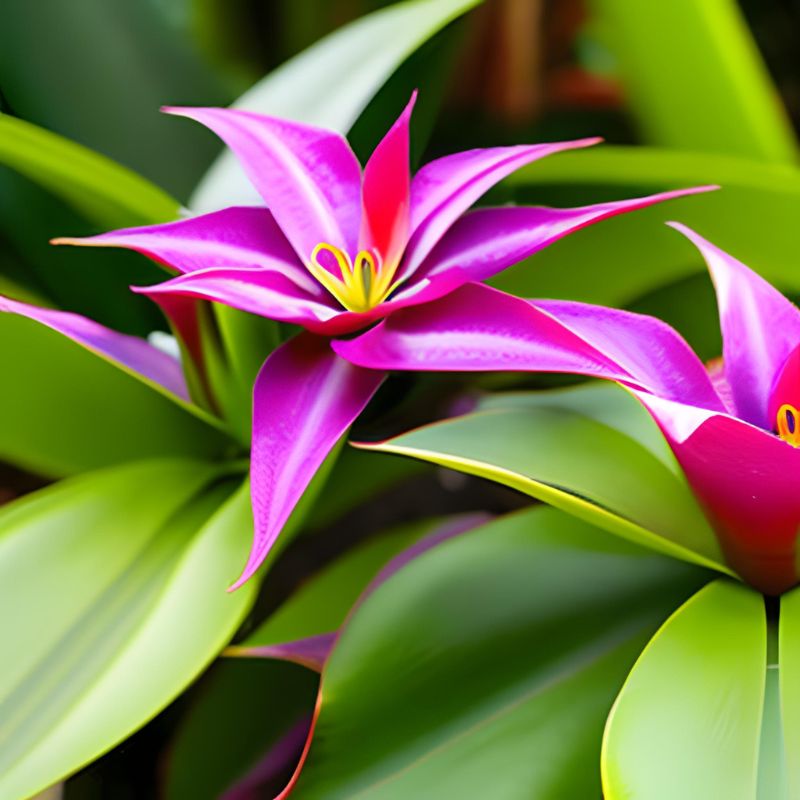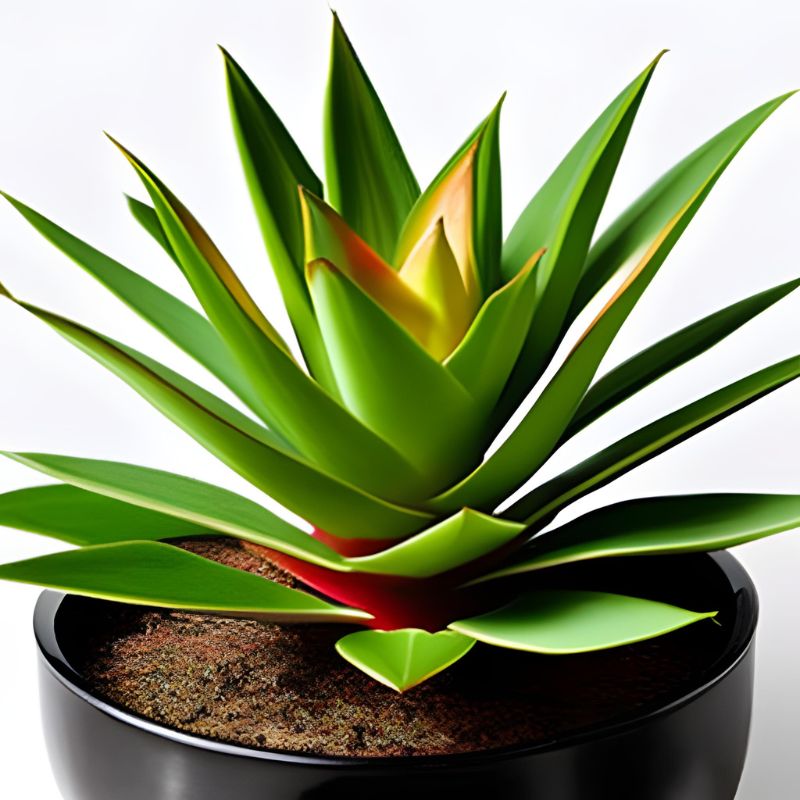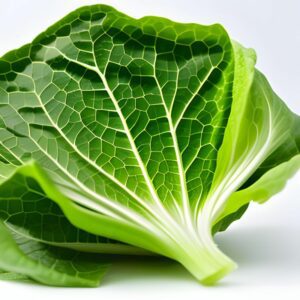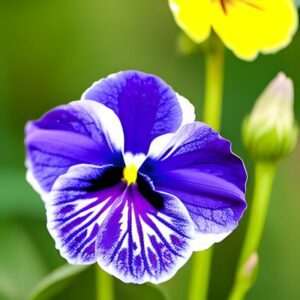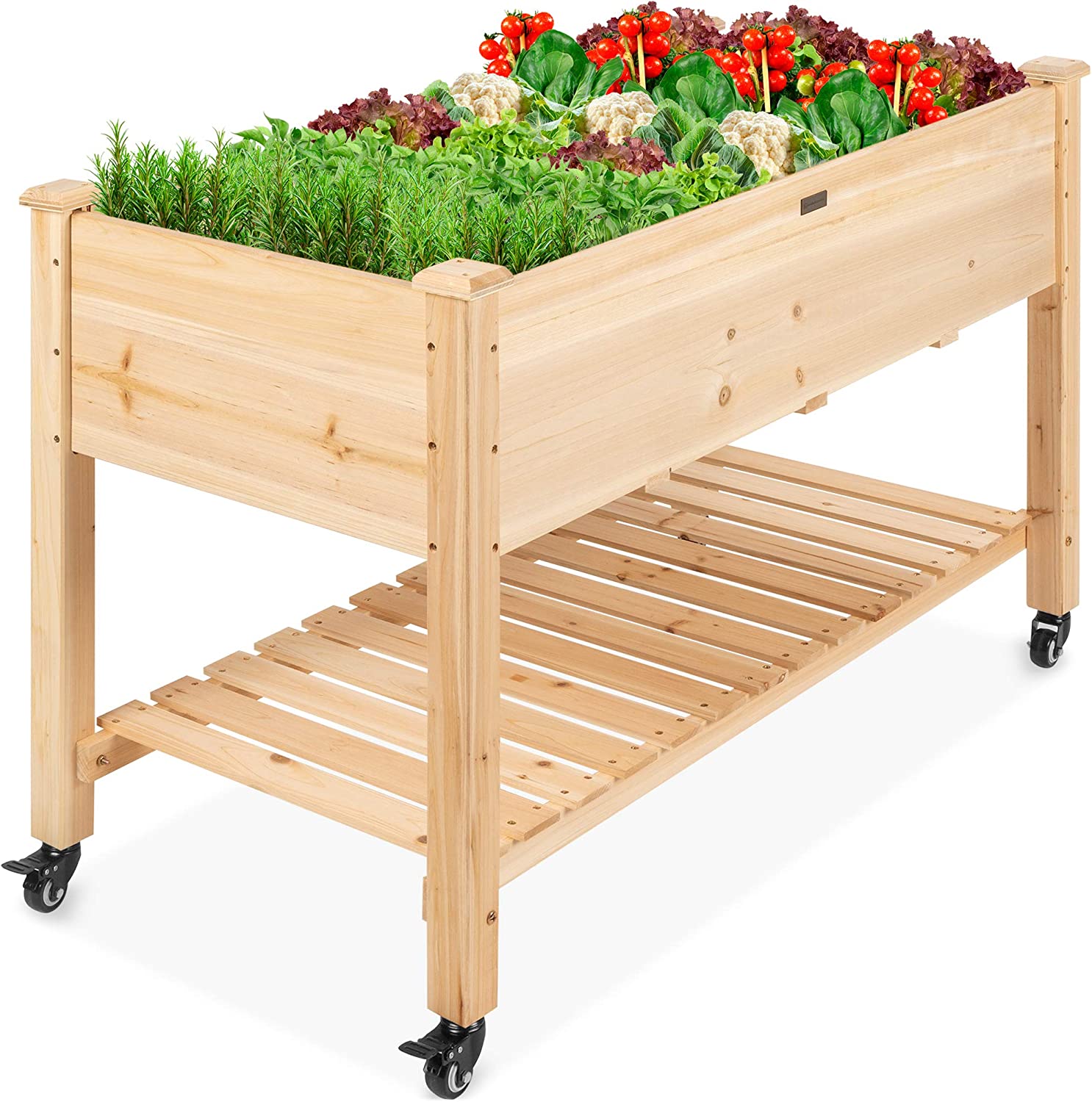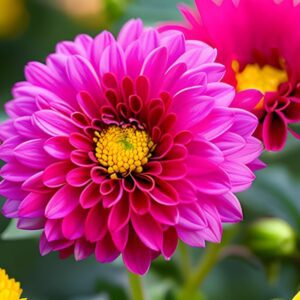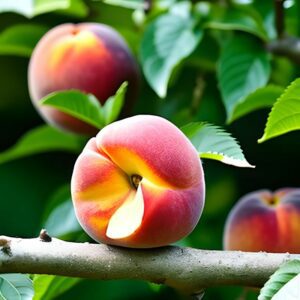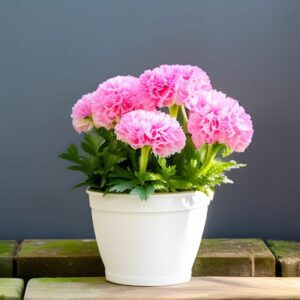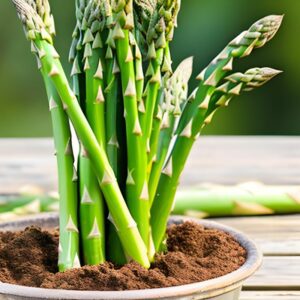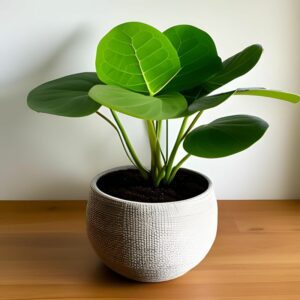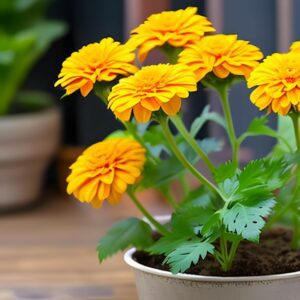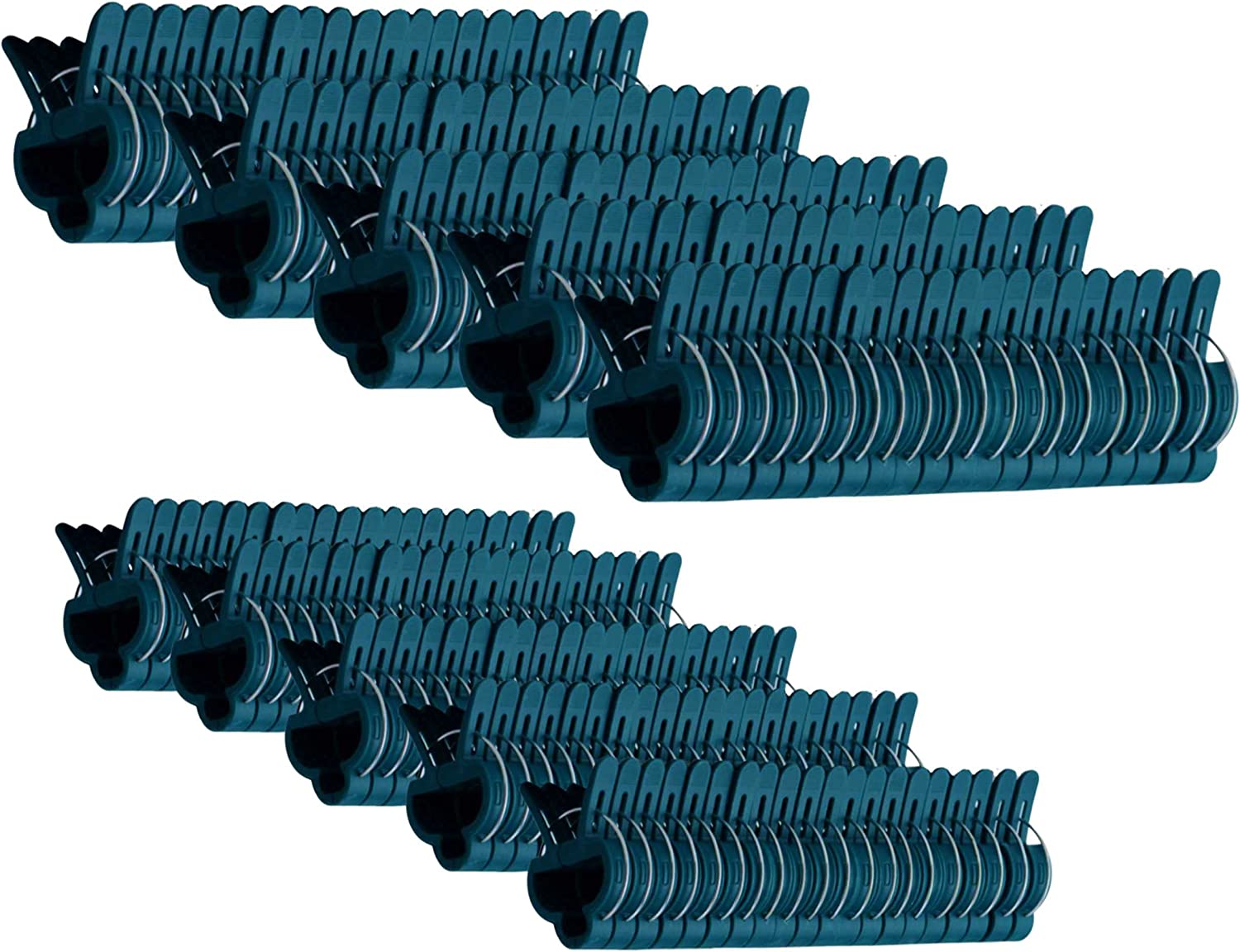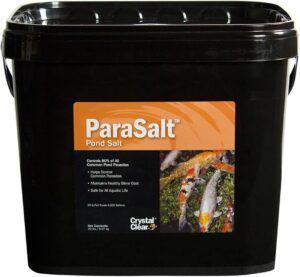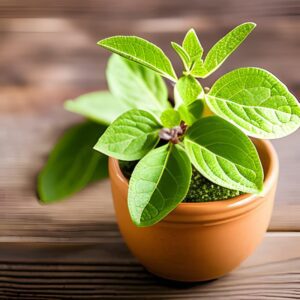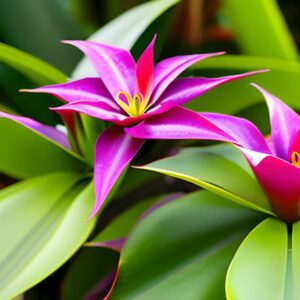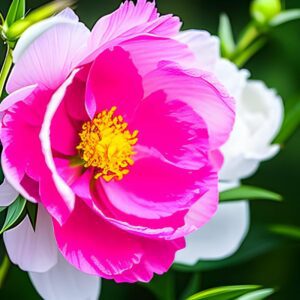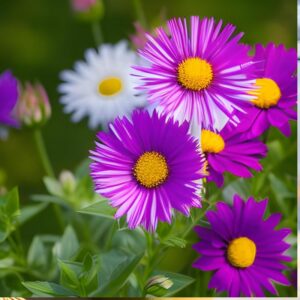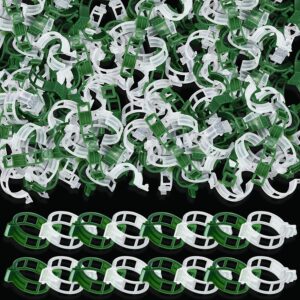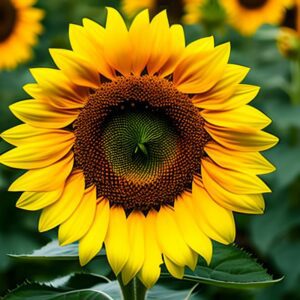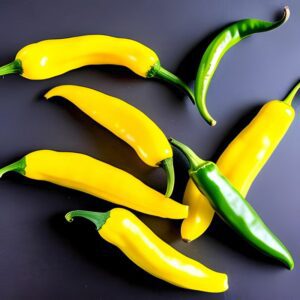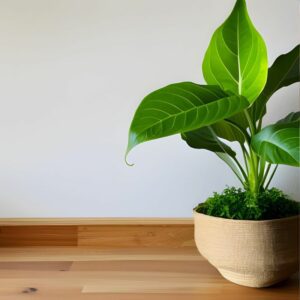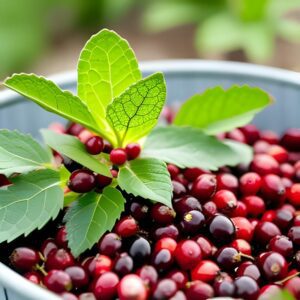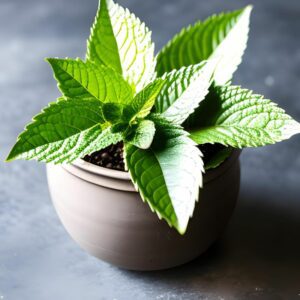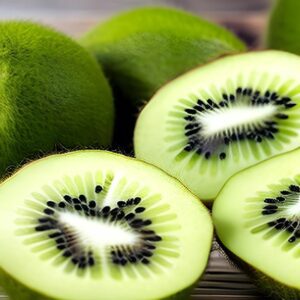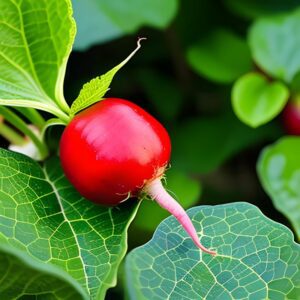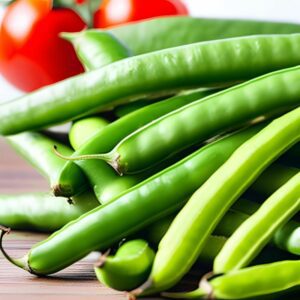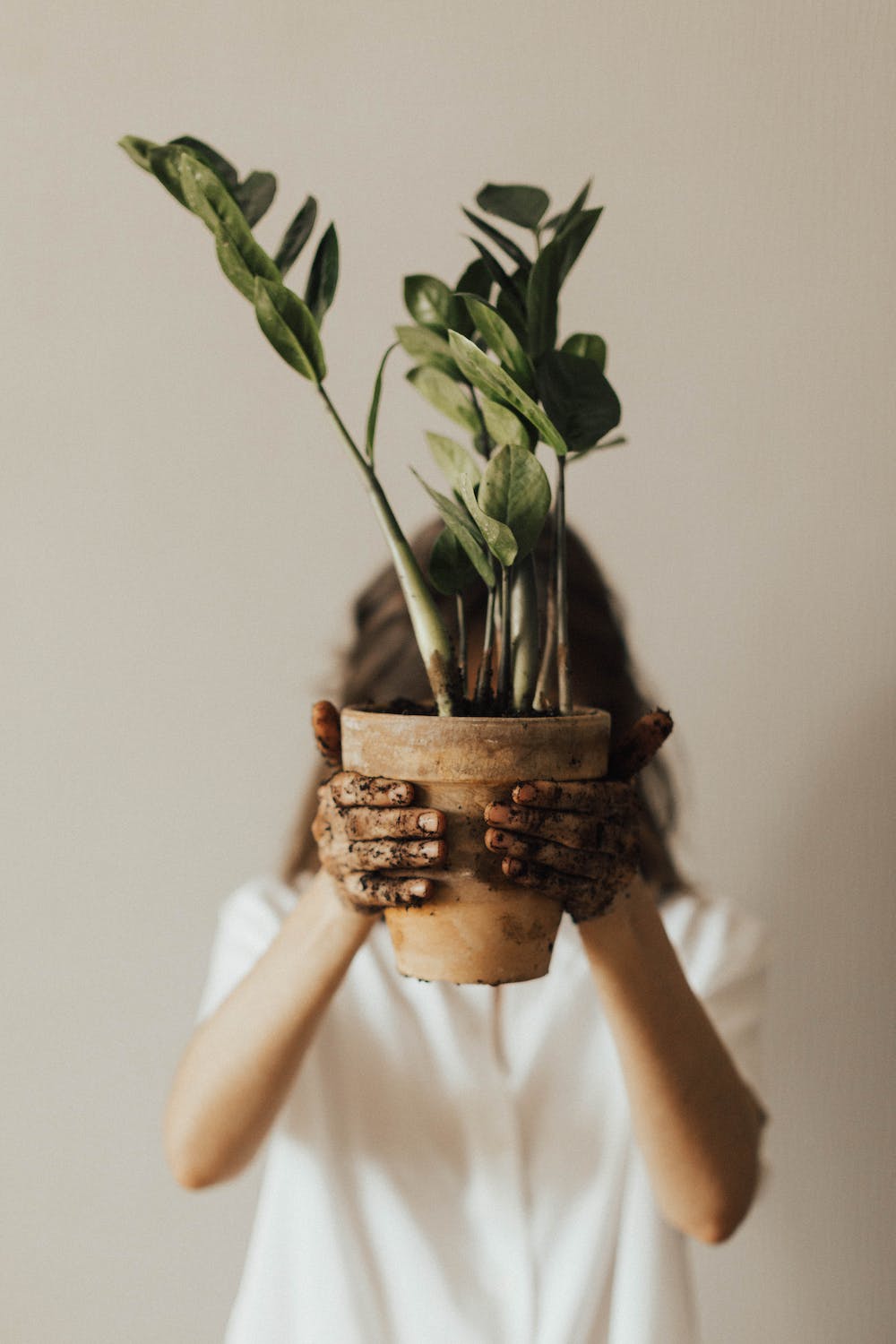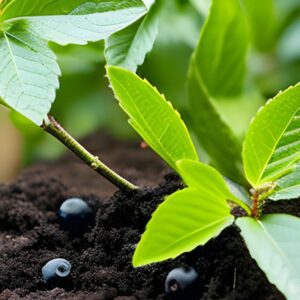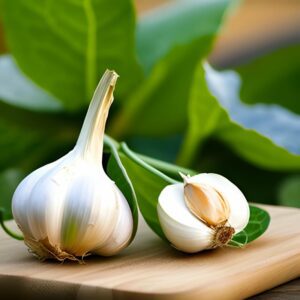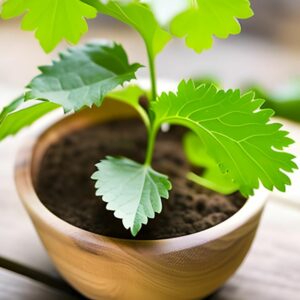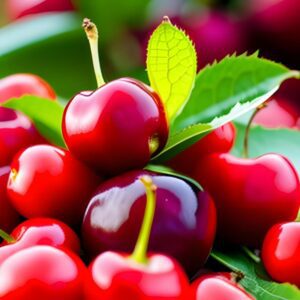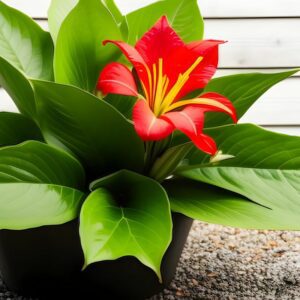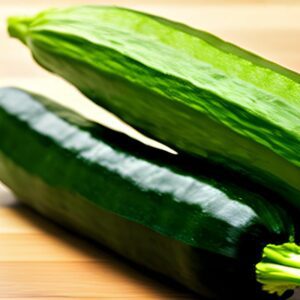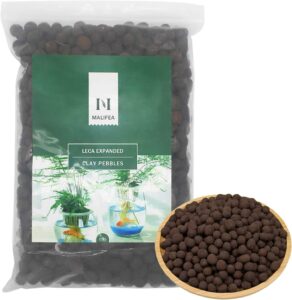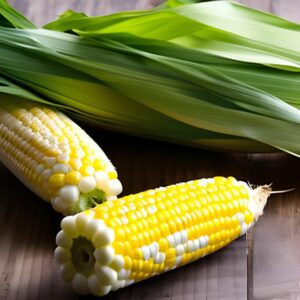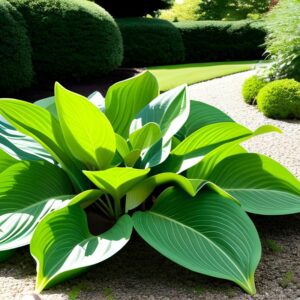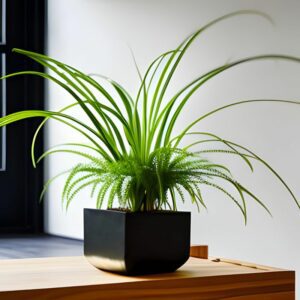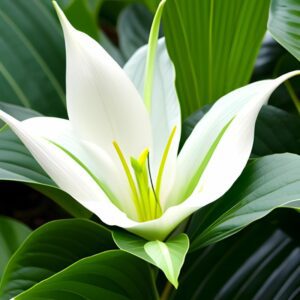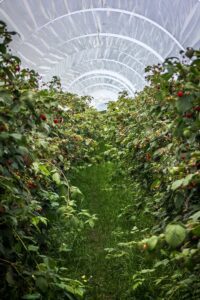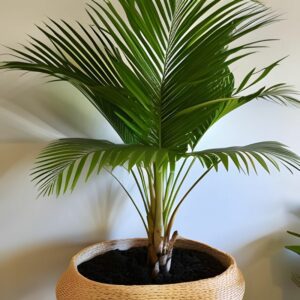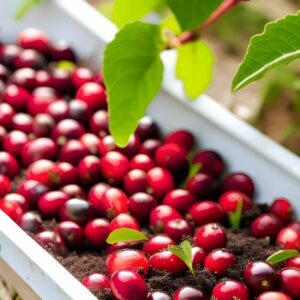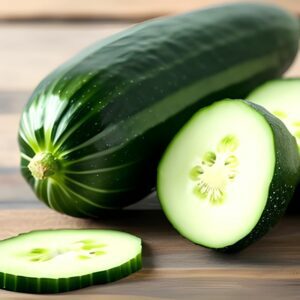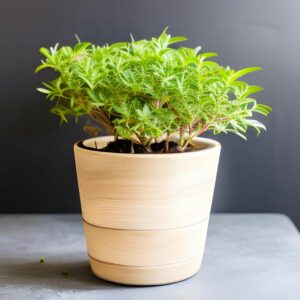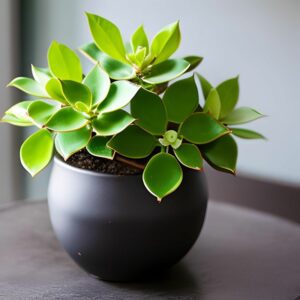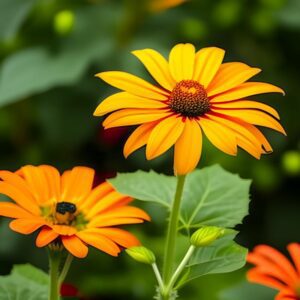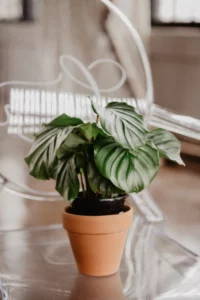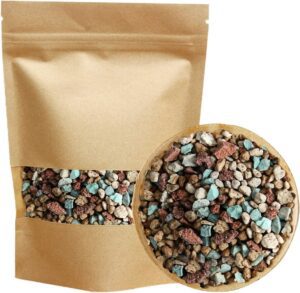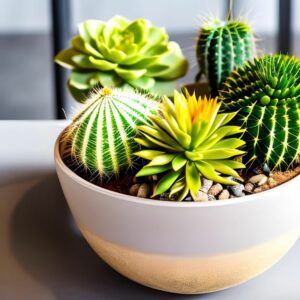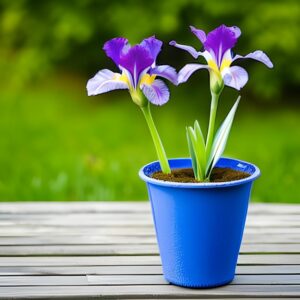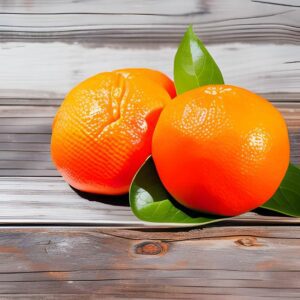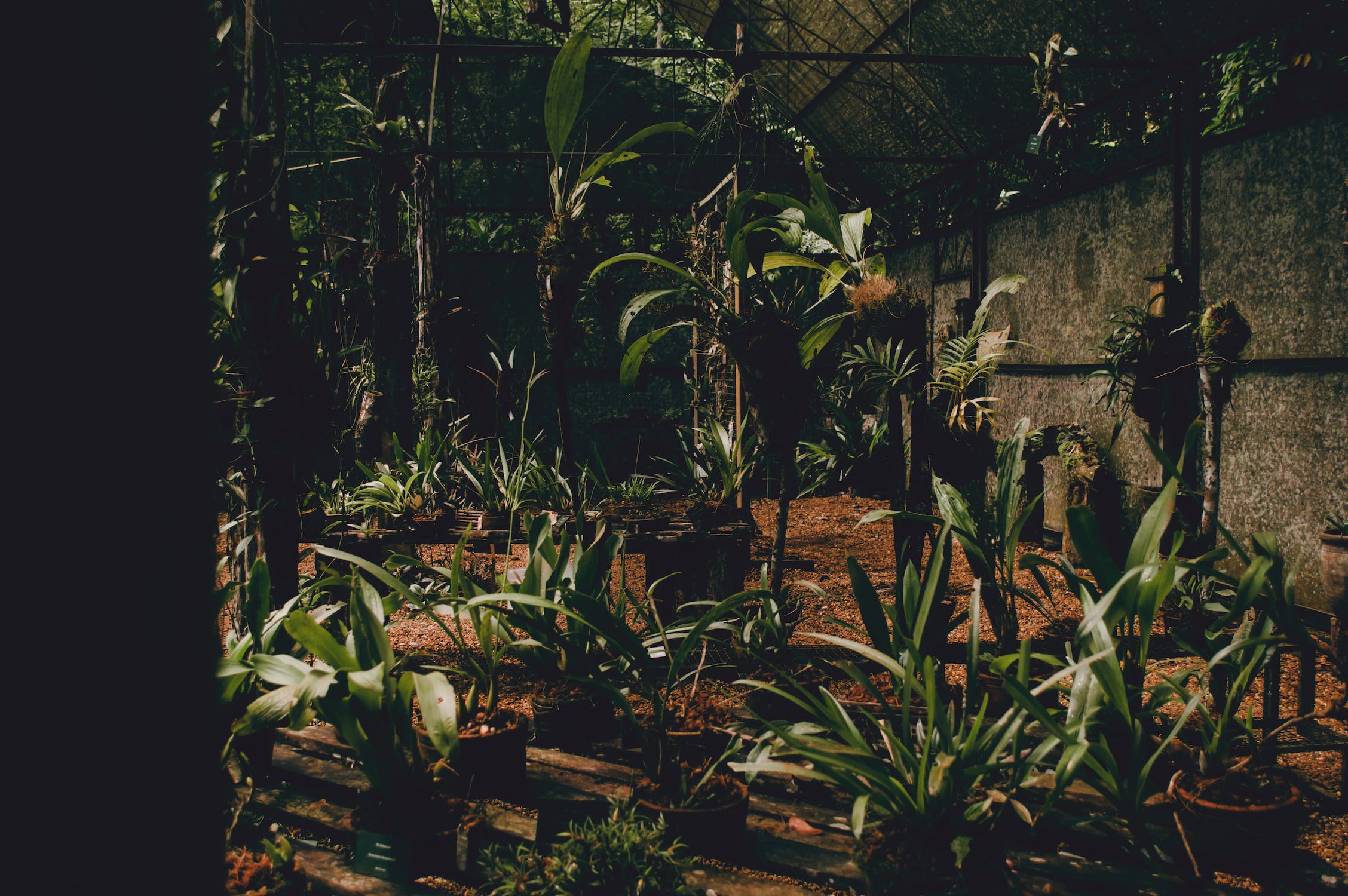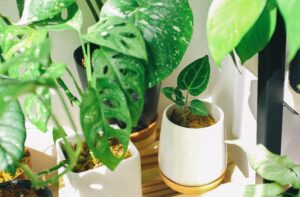Bromeliads
House Plants
- Tropical America
- Easy
- Varies
Introduction
Bromeliads are a diverse group of plants known for their striking foliage and unique growth habits. They belong to the Bromeliaceae family, which includes numerous species and hybrids. Bromeliads are popular as houseplants due to their fascinating leaf colors, patterns, and the stunning flowers they produce.
Plant Characteristics
Bromeliads display a wide range of leaf shapes, sizes, and colors. Their leaves can be smooth, spiky, or covered in scales. Some varieties have bold, vibrant colors while others have intricate patterns or variegation. Bromeliads are monocarpic, meaning they flower only once in their lifetime, often producing showy blooms in various colors, including red, pink, orange, or yellow.
Ideal Growing Conditions
Bromeliads thrive in warm and humid environments, reminiscent of their tropical origins. They prefer bright, indirect light and can tolerate some shade. A well-draining potting mix, specifically formulated for epiphytic plants, is ideal for bromeliads. They also appreciate regular misting or placing their pots on a pebble tray filled with water to increase humidity levels.
Planting Guide
Select a suitable pot or container with drainage holes to ensure proper water drainage. Plant bromeliads in well-draining soil or a specialized bromeliad mix. Gently remove the plant from its nursery pot, taking care not to damage the roots. Place the plant in the new container, adding soil around the roots and gently firming it in place.
Watering and Fertilizing
Water bromeliads by pouring water directly into the center of the rosette formed by their leaves. Allow the soil to dry slightly between waterings to prevent overwatering. Use a balanced liquid fertilizer diluted to half strength and apply it monthly during the growing season.
Pruning and Maintenance
Remove any dead or yellowing leaves by gently pulling them away from the plant. Trim spent flower stalks after they have finished blooming. Regularly inspect the plant for pests, such as mealybugs or scale insects, and take appropriate measures if needed.
Harvesting or Flowering
Bromeliads flower once during their lifetime, and the flowering period varies depending on the species. Flower stalks emerge from the center of the rosette and produce vibrant, long-lasting blooms. After flowering, some bromeliads produce offsets or “pups” that can be separated and propagated to grow new plants.
Post-Harvest Care
Once the bromeliad has finished flowering, it will gradually decline. However, the plant may produce new offsets or pups that can be potted up to continue the cycle.
Troubleshooting
Overwatering can lead to root rot, while underwatering can cause the plant to dry out. Find the right balance and adjust watering accordingly. Browning or crispy leaf tips may indicate low humidity levels. Increase humidity by misting or using a humidifier.
Fun Facts
Bromeliads are part of the pineapple family (Bromeliaceae), and some species even produce edible fruit.
